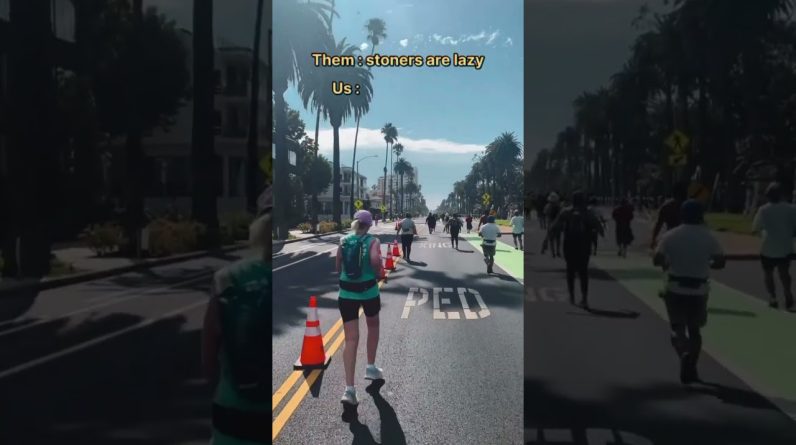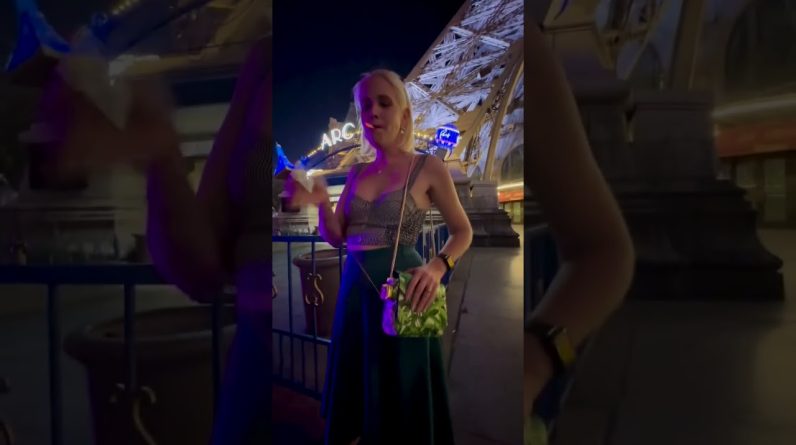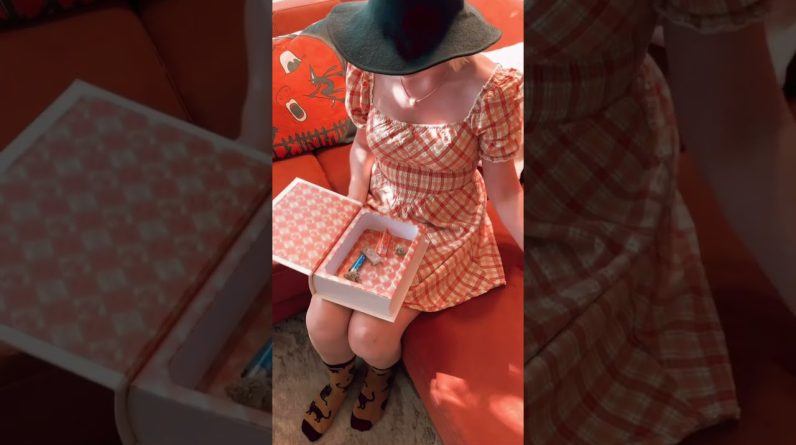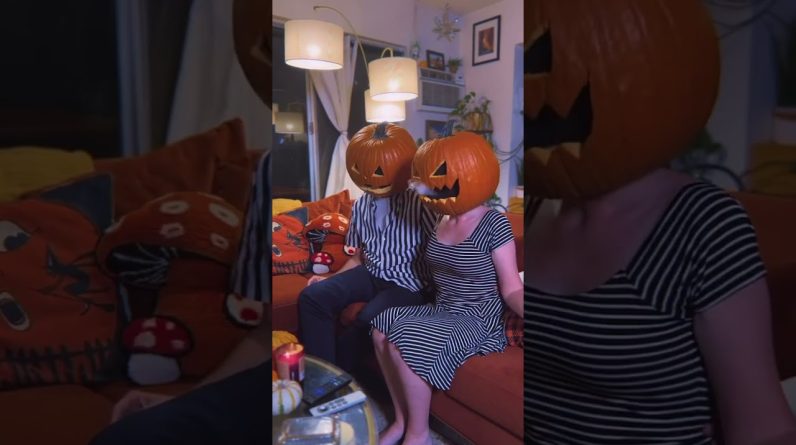By Robert Seidenberg
They were ready to play ball. The sides were picked—cast and crew of Wim Wenders’ Paris, Texas versus cast and crew of Jim Jarmusch’s Stranger Than Paradise. This game of softball at last fall’s Telluride Film Festival in Colorado would prove to be one of the festival’s fiercest competitions. To ensure a fair contest, Werner Herzog was asked to umpire. But Herzog—who, with Wenders and the late Rainer Werner Fassbinder, is West Germany’s most talented and best-known contemporary filmmaker—declined the invitation.
The 42-year-old director is an avid sports fan and agile athlete, but he confessed to an ignorance of the game’s rules. It was obvious, he said, that softball pits one person—the batter—against the opponent’s entire team. Consequently, and regardless of the rules, Herzog would have to side with the one. He could not officiate fairly.
Scruffy with 10 days’ beard growth, his rumpled hair standing on end, Herzog chuckled as he recounted this tale during a whirlwind promotional tour for his most recent film, Where the Green Ants Dream. But when I suggested that this anecdote provided the perfect taking-off point for a discussion of his work, he turned very serious and his deep-set melancholy eyes took on the expected intensity of a man who once claimed to have no understanding of irony.
Many of Herzog’s films—which total 14 features and 14 documentaries—concern an individual or group in conflict with a more powerful other. Invariably, the director sides with the underdog. Although Herzog insists that this theme not be overemphasized by critics (“because then the films couldn’t develop other dimensions”), he admits to its presence.
“Of course I have quite often in my films sided with lonesome people who have been in collision with certain other forces that are far superior to one single person,” the director explains, seated in the conference room of Orion Pictures’ Manhattan office. “The best example is The Enigma of Kaspar Hauser. The real title is Everyman for Himself and God Against All, and that gives some sort of hint of my attitude. It’s almost like a motto for my life and for my work.”
The Noble Underdog
Though seen as weirdos, misfits, and cripples, the loners in Herzog’s pictures are actually the only ones with dignity; it is they who, when placed in extreme situations, speak of the human condition. In Woyzeck (1970), the title character is used and abused by all those around him—his wife, doctor and army officers. A general tells him, “You lack morals. You lack virtue,” but in reality he is the only virtuous character, a mere victim of the amoral. In Stroszek (1977), the title character, misled by the hope for and promise of quick riches, remains disillusioned and helpless. And in Kaspar Hauser (1975), the title character comes to civilization untouched by any society or education, is “civilized,” corrupted and eventually murdered.
The new movie, Where the Green Ants Dream, features Australian aborigines whose land is exploited by a large mining operation. They have lived on the land for nearly 30,000 years, but in the miners’ eyes, the aborigines are simply impediments to progress. And the odds stack high against them in this clash of cultures.
“In Green Ants this other force—and let’s name it, it’s our Western civilization—is not beyond control, but it’s out of control,” says the filmmaker, carefully choosing the precise words. “It has gone completely out of control and those people who are in control, who do things all right and insist on the dignity of their existence, are the aborigines. And therefore the film has its sympathy on their side.”
The movie is about not only the aborigines’ loss of sacred sites, however. “It is just as much a film on us,” explains Herzog in well-pronounced English whose occasionally awkward constructions reveal his foreignness. “It’s only more visible over there what is going on almost everywhere in the world.” And it is this destruction of cultures by encroaching Western civilization that occupies the director’s mind these days.
“There are things that are just a tragedy that we have to be aware of,” he explains mournfully. “I mean, in enormous proportions everyone is screaming about the fact that lions might become extinct or the last eagle might die out, but it’s much worse to see that a whole culture and a whole tribe is dying out. I’ve seen one aborigine who was the last and final and definitive only surviving member of his clan and language group, so when he dies it’s as if the last—I don’t know—as if the last French-speaking people is dying away. And it will never be spoken and heard again on this Earth. It’s irrevocably lost.
“And the young aborigines want to move into the cities. They want to have cowboy boots and appear like the heavy dudes with sunglasses, and they want to have transistor radios for the Hit Parade from the United States. And they will go away and they will only speak English. They will be of mixed blood quite soon and it will be gone. Or a tribe literally dies out like the last dinosaur or like the last mammoth. I mean, I say it just like that and we don’t even know what kind of disaster it means for the world.”
Hauling the Ship
Fear of another kind of destruction is what motivates Herzog’s filmmaking. He feels that our civilization is endangered—not by violence but by the extinction of meaningful images. In an attempt to replace wornout images, he has consistently discovered and presented breathtaking visuals. “A striving, a trying to articulate new images is present in all my films,” he told a 1979 workshop in Chicago. “We live in a society that has no adequate images anymore and, if we don’t find adequate images and an adequate language for our civilization with which to express them, we will die out like the dinosaurs. It’s as simple as that. We have already recognized the problems like the energy shortage or the overpopulation of the world or the environment crisis, but I think it has not yet been understood widely enough that we also absolutely need new images.”
Paradoxically, in his quest for new and more powerful images, Herzog has practically ignored the sort of concern for civilization that he so often espouses in his words and work. He is a visionary filmmaker; he has said that he is simply articulating dreams, dreams that are all of ours as well as his. But in trying to achieve his visions—which embrace and celebrate humanity—temporarily, during production, he devalues humanity. He risks the lives of others and himself; seems to court disaster; sets up harrowing tasks for himself and his crew; and insists that all subsequent suffering is somehow beneficial.
This was most evident during the filming of Fitzcarraldo (1981), the feature which preceded Green Ants, and it has been wonderfully documented in Burden of Dreams, a film by Les Blank. Herzog’s Sisyphean tale revolves around an Irishman in the wilds of Peru who, in order to bring opera to an isolated Amazonian port town, has a plan that involves dragging an enormous steamer over a mountain from one river into another.
The film’s production was plagued by death, disease, injury and native hostility, much of which could probably have been avoided had not Herzog been such a stickler for authenticity and insisted on unnecessary deep-jungle locations. Against the protests of cast and crew, the director demanded that they actually recreate the fictional portage. The crew’s engineer quit the film, claiming that the hauling methods were insufficient and could result in injuries or deaths. Les Blank, a friend of Herzog’s, wrote in his journal, “I’m tired of it all and could care less if they move the stupid ship—or finish the fucking film.” Klaus Kinski, who plays Fitzcarraldo, said of Herzog, “This much idiot no one has ever been in the world! He could use a model—people don’t care as long as they see it on the screen. But he wants to pull a real ship.”
Nonetheless, Herzog persisted in what he referred to as “a story of a challenge of the impossible.” He became as obsessed with hauling the ship as his fictional character, and the film became as much about the filmmaker as about Fitzcarraldo. Eventually, with the help of hundreds of native Indians, Herzog did manage to pull the ship up the slope—without any injuries. But during other portions of the filmmaking there were disasters. A plane crash resulted in deaths and critical injuries, but Herzog, as seen in Burden of Dreams, seemed practically unfazed, stating, “These are the costs you have to pay.”
Risky Business
Virtually none of Herzog’s films have been without risk to the physical well-being of their participants. A decade before Fitzcarraldo, he was in the same Peruvian jungle shooting Aguirre, the Wrath of God, about a mutinous band of Spanish conquistadors—a monstrous physical ordeal which he later confessed was “an undertaking way above my means. There wasn’t a day without catastrophe.” Making his first feature, Signs of Life (1967), in Greece during the military coup d’etat, he threatened to shoot a police officer who wanted to prohibit the discharge of fireworks. Filming Fata Morgana (1970) in Cameroon soon after an aborted coup, he and his cameraman were mistakenly arrested and held in a fetid jail for several weeks.
Herzog’s riskiest undertaking was unquestionably making the documentary La Soufrière (1977), a lovely study of the Soufrière volcano on the island of Guadeloupe before its presumed eruption. Luckily, while Herzog and two cameramen filmed the smoldering crater and the evacuated town, the volcano’s eruption was only partial. Had it been as predicted, the three men likely would not have survived. With this movie Herzog dramatically demonstrated, “Films are more important than life.”
Many of Herzog’s films are exceptional works. Their visual magnificence is undeniable; the passion of the undertaking is quite evident; and in most cases, a strong narrative supports, rather than overpowers, the feelings and thoughts evoked by the images. And Herzog continues to insist that all of this would be impossible without the troubles encountered during their creation.
“Often by confronting difficulties and details, you confront reality,” he explains. “Films are not made out of the minds of screenwriters. Disasters can be positive. The momentum of a disaster sometimes allows you to build up a beautiful scene.”
All films are difficult challenges for the director, including such quieter, calmer pictures as Land of Silence and Darkness (1973), a feature-length documentary of a deaf and blind woman who emerged after a 30-year depression to help others who were similarly afflicted. “It’s always a great strain to make films,” he says at the conclusion of I Am My Films, a 1979 film portrait of Herzog. “It can be measured in stress, sleepless nights and dollars. For 14 years I have been doing things not within my grasp. But if someone cannot take the strain and the humiliations, then that person probably can’t make films.”
Walking the Borders
Werner Herzog was born Werner H. Stipetic in Munich, Germany in 1942. To escape the Allied bombing, his mother took the infant to the small village of Sachrang in the Bavarian Mountains, where Herzog grew up with his divorced mother and two brothers. He was 11 years old before he saw his first film.
“The first movies I saw were two documentaries screened at school,” recalls Herzog, who now lives in Munich with his wife and two children. “We saw one film with Eskimos building an igloo and the other one was pygmies weaving a liane bridge across a river. And I was very much amazed to see that. I tried to look behind the screen to see if the pygmies were behind it. And later on I saw some Tarzan and Zorro and Dr. Fu Manchu movies and a few films of artistic value, but in my case many things happened quite late and quite abruptly.”
Herzog grew up speaking only Bavarian dialect, not even knowing what oranges or bananas were. And as he explained after being slightly startled by a ringing phone, he didn’t make his first phone call until the family moved back to Munich when he was 15 years old. “I still have a hard time with the telephone,” he admits. “I have to use it, but I don’t like it very much. I’m always somehow cautious, always a little bit scared of it.”
“At the age of 14,” continues Herzog, “there were some very drastic and big changes in my life. That’s the time I could say I started to think independently. Many things that decided and still decide my life I started then… filmmaking and traveling. I wanted to go to Albania, for example, but you couldn’t enter it. There were no visas at that time. It was completely isolated and mysterious. It attracted me very strongly because it was still somehow medieval and mysterious. So I walked along the border from Greece and on the Yugoslavian-Albanian border until I reached the Adriatic coast.”
At this time he also had an intensive religious phase and converted to Catholicism “against the wild opposition of my entire family.” It was also then that he first decided to become a film director, and he began to write scripts at school and submit them to unsympathetic producers.
“I never had any choice about becoming a director,” he says. “It was always clear. And yet strangely enough I had absolutely no idea how film was being made. But I was never scared of just doing it.”
An Instinct for Cinema
Herzog came to cinema as if it were his mission in life. And from the beginning his films have been unique, carrying the indelible Herzog signature. His approach to directing is anything but typical. For example, he never lets an underling wield the clapper slate which is used to label each shot on the set. He handles it himself because he wants to be “the last one who breaks the line in between the actors and the camera and everyone behind.” He often employs nonprofessional actors like Australian aborigines, South American Indians, dwarfs and midgets. And just as he cannot explain why as a young man from a remote mountain village he “knew” that he would direct films, Herzog cannot explain how he coaches his actors or even why his films turn out the way they do. But he is certainly proud of his primitive, self-taught approach, an approach based more on instinct than learned-and-memorized technique.
“While shooting my first feature, the leading actor came to me and wanted to discuss the concept of the central character and his motivations,” recalls Herzog. “At the time I was 23 years old, by far the youngest around, and I said to him, ‘I don’t know what to say to you. Those things don’t interest me. Go to the Turkish fortress [a major location] and lick the stones for two days and you’ll know.” And he never came back again. He actually spent three or four days in the fortress just touching the stones, looking at things, and he was content with that. But had I ever been assistant to a director or had I been at film school I would have tried to explain to him the motivations of this character and I don’t know what other bullshit.”
His collaboration with Klaus Kinski, leading man in Woyzeck, Aguirre, Fitzcarraldo and Nosferatu, is similarly unorthodox. “When Kinski does a scene,” explains the director, “I tell him, ‘Klaus, the dialogue was all right. You were always in frame. You were good. It looks perfect and yet, I don’t know, something is missing and I can’t even name it.’ And then I say, ‘Let’s do it once more and this time you are going to turn the pig loose.’ And then all of a sudden he’s sensational, unprecedented in this world.
“He knows that, for example, when you would normally call for a cut, I sense that there’s more inside of the man and he senses that I am going to run the camera. And all of a sudden there comes some additional things which have not been planned. There’s such a mutual trust in each other. I wait for something more and he knows I expect it from him. And some of the most beautiful things have been done in that way. But it’s very unusual. It looks probably quite strange when somebody professional comes on the set and looks at what I’m doing and how I’m doing it.”
To talk about Herzog is to talk about landscape. It is the overriding image in most of his films. In Signs of Life, three German soldiers on a Greek island are overcome by the geography and go mad. At the end of Nosferatu (1979), the phantom of the night rides off into the gloomy sky across a windswept desert. Heart of Glass (1976) ends with four men setting out from a rocky island in a tiny boat into a roaring sea surrounded by gulls. And the ravaged aboriginal land in Green Ants is an unforgettable sight, as are the Sahara dunes in Fata Morgana that resemble human forms.
“Landscape is quite an important element in almost all of my films,” elucidates Herzog. “Many of my films, including Aguirre, have started actually with a landscape and then a story somehow intruded into this locale. But I take landscape more seriously than many other people in filmmaking. It’s sometimes almost like a central character, and it can be stage-directed. The river in Aguirre is like a central character in the film, or the jungle is like a central character.”
Often the first shot of a Herzog film is a breathtaking landscape which immediately transports the viewer to another time and place. And that these locales are often shrouded in mist makes them dreamlike. Kaspar Hauser begins with a misty wind blowing waves in a field of grain. Heart of Glass begins with a man, head in hands, sitting on a hill as a thick fog rolls over the forest below. Fitzcarraldo begins with the mist-filled jungle. And the stunning opening sequence of Aguirre features a long train of uniformed conquistadors wending their way down a mountain wall along the banks of the Amazon River.
But, again, Herzog is without explanation. He does not know why so many of his pictures begin with fog-drenched landscapes. Instead, he makes a claim that he uses so often it must be believed. “I would say that I follow my instincts, basically,” he states. “I don’t rationalize. I don’t put things together like an architect. And then inexplicably sometimes the fruits fall into my lap and I don’t know how I deserve it. Like the courtroom scene in Green Ants with the mute. How the man comes in, just his kind of look, how he keeps staring at the judge and walks and walks and walks and walks. If you say it in words, it’s nothing. And if you see it on film, you never forget that image in your life, I think.
“I know what I’m doing. I mean, I’m a craftsman and I’m planning things as well. But how does such a thing like that fall into my lap, I have no idea. Sometimes I know that there is a blessing on me.”

Read the full issue here.
The post From the Archives: Werner Herzog’s Strange Visions (1985) appeared first on High Times.
Source: https://cannabisworld.biz/2022/08/21/from-the-archives-werner-herzogs-strange-visions-1985/





